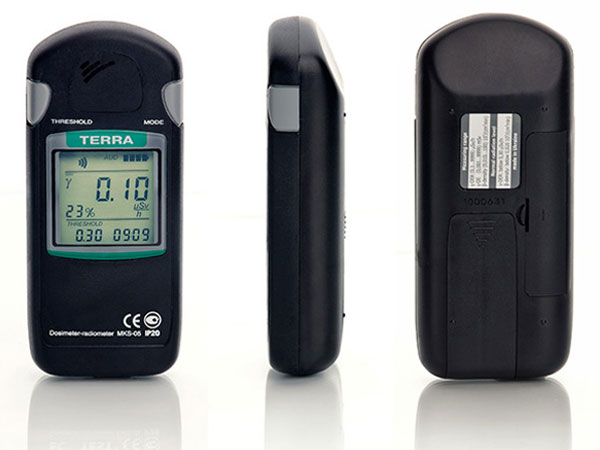Gas nuclear radiation detectors mainly detect charged particles, the principle of which is to measure nuclear radiation by collecting ionized charges generated by rays. During the initial development of nuclear physics, gas detectors played a large role. Because of its simple structure and convenient use, it can be prepared into many types of large ionization chambers, so it is still widely used in many aspects.

The most important core of the gas nuclear radiation detector is collection. The principle of detection is to detect the ionized charge generated by the nuclear radiation in the gas. In order to collect the charge more effectively, an electric field needs to be added at both ends of the gas ionization zone, that is, the radiation detector Two electrodes are provided at both ends, and then the positive ions and electrons drift to the two poles by the action of the electric field. The accelerated electrons have energy that has reached the excitation energy of the gas, but their energy is not enough to excite molecules or atoms.